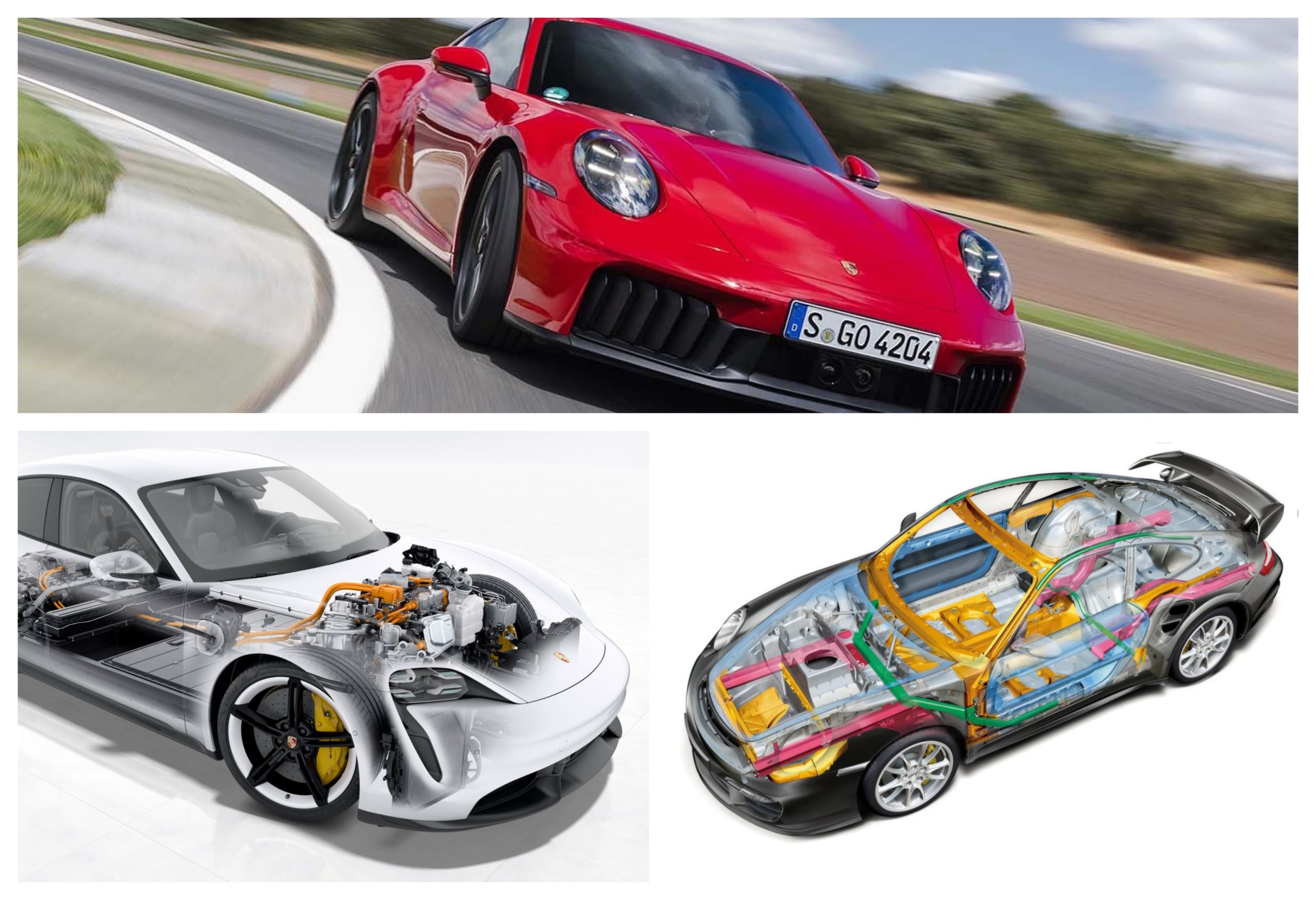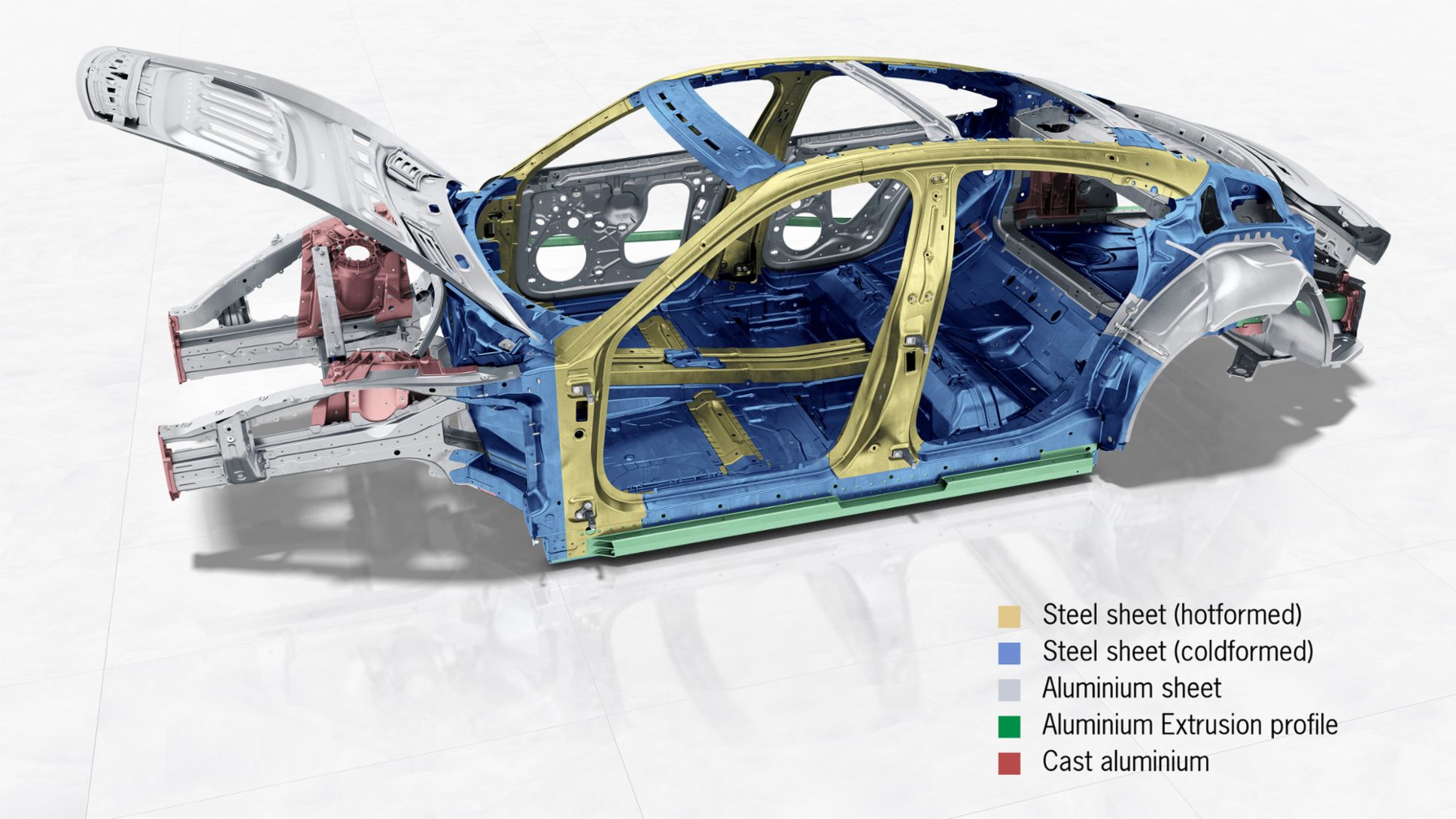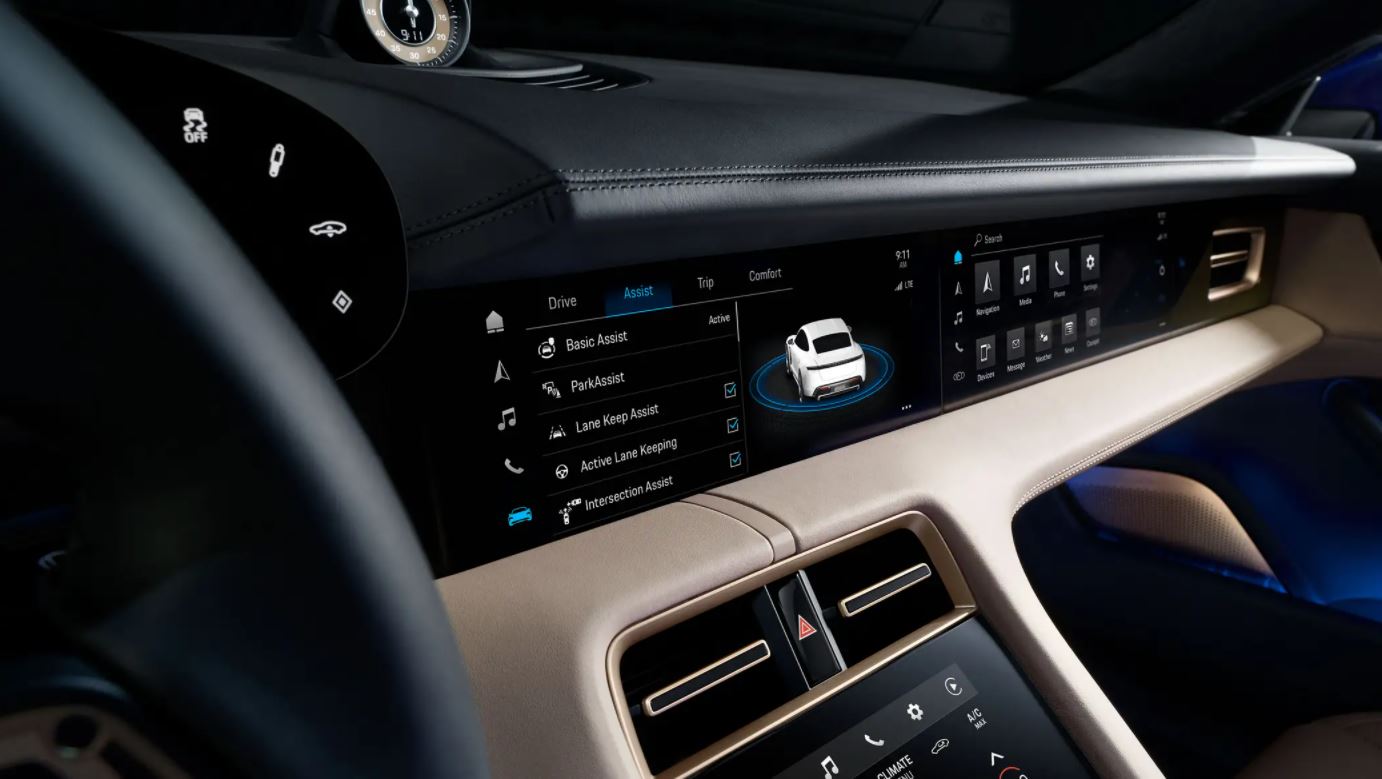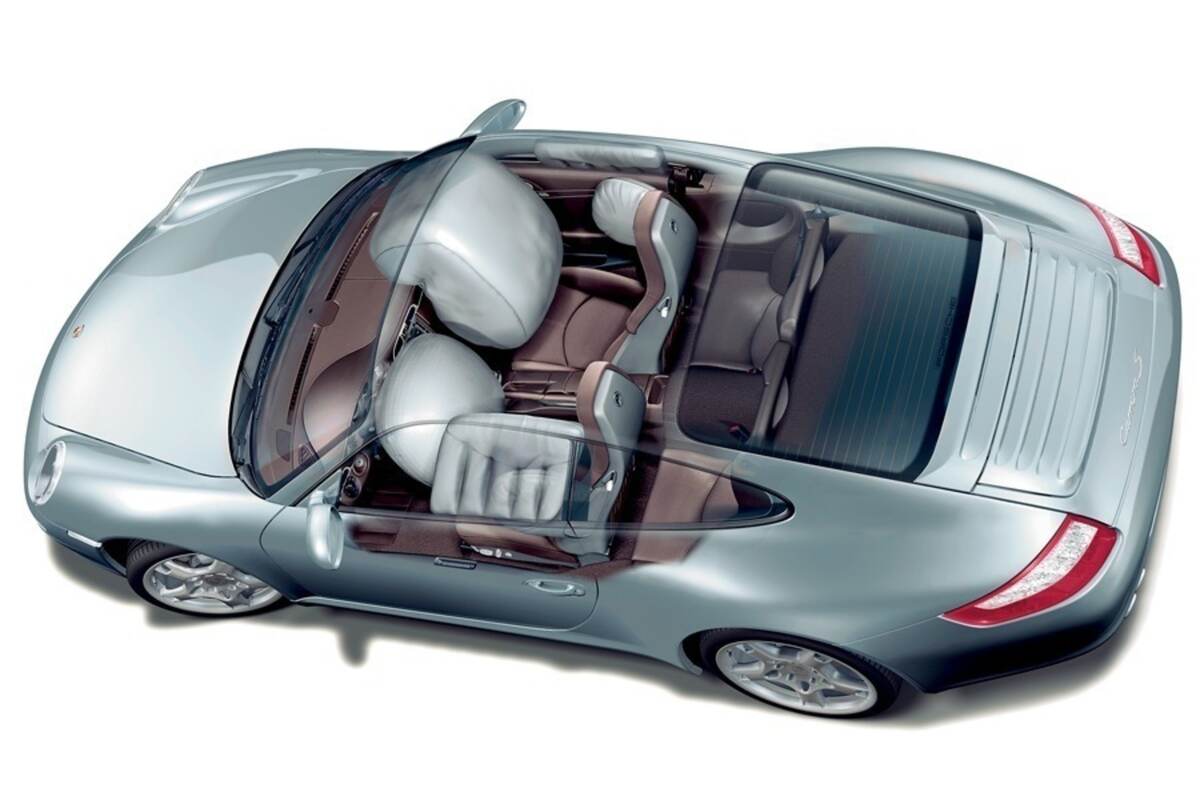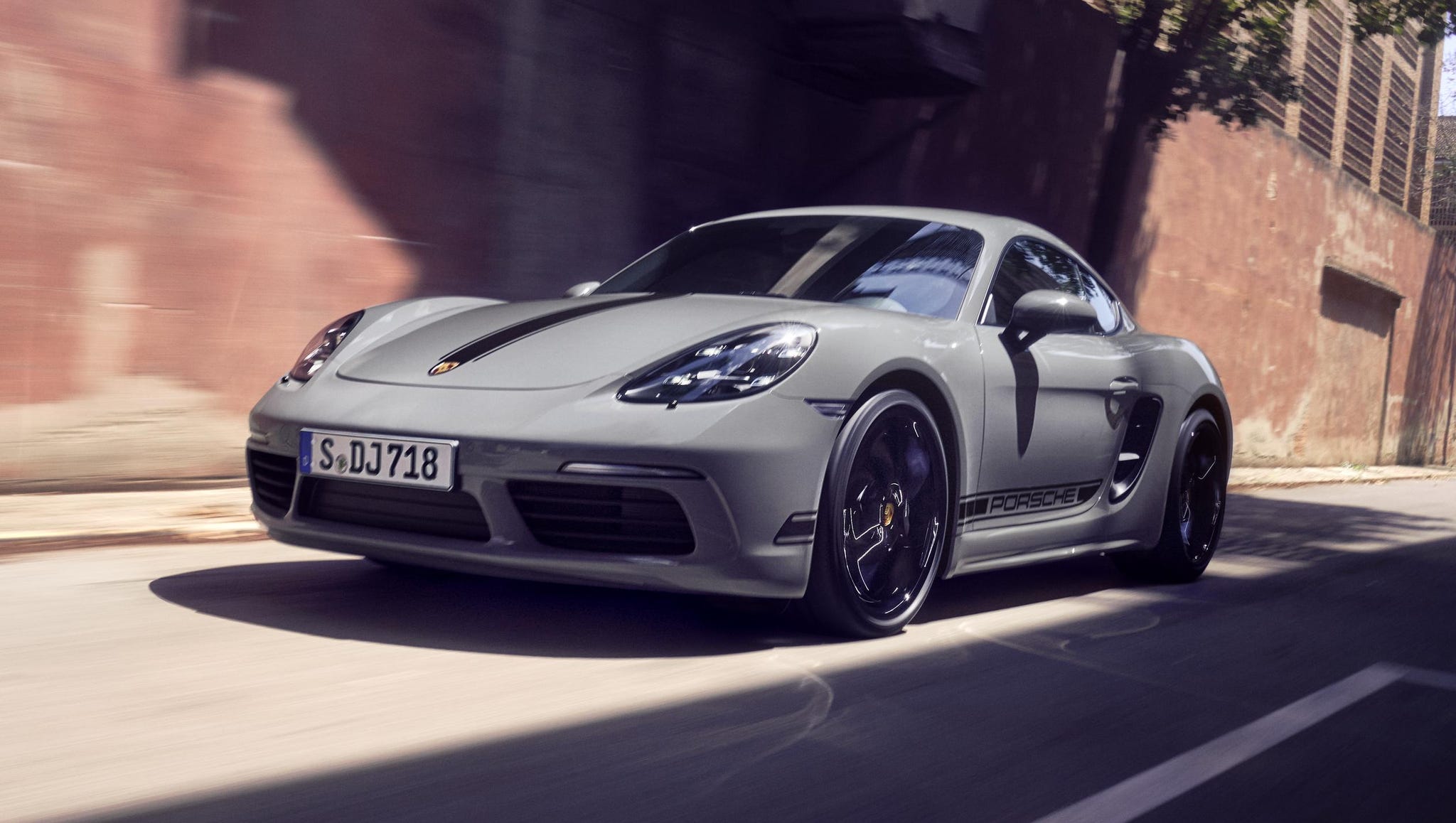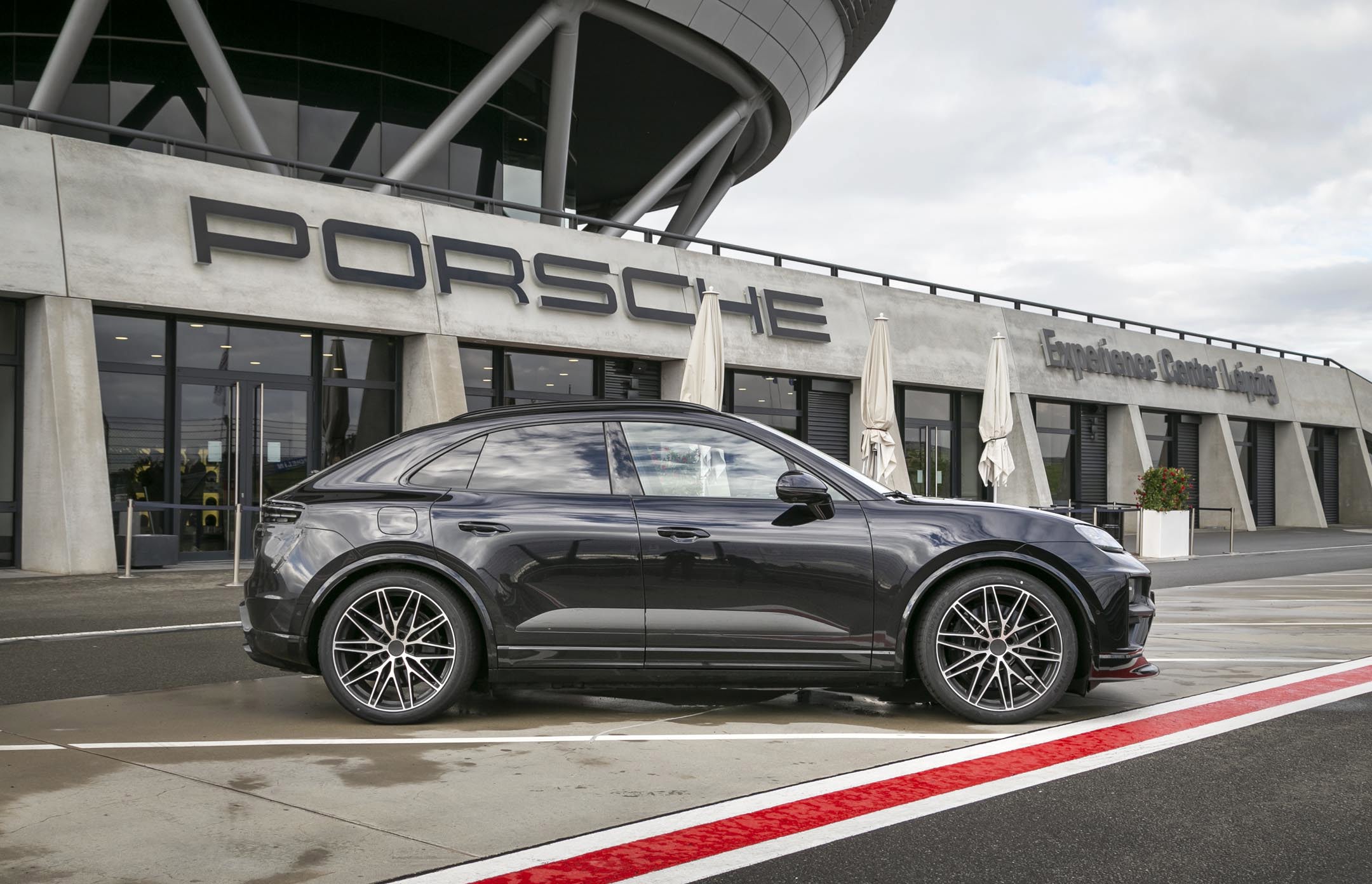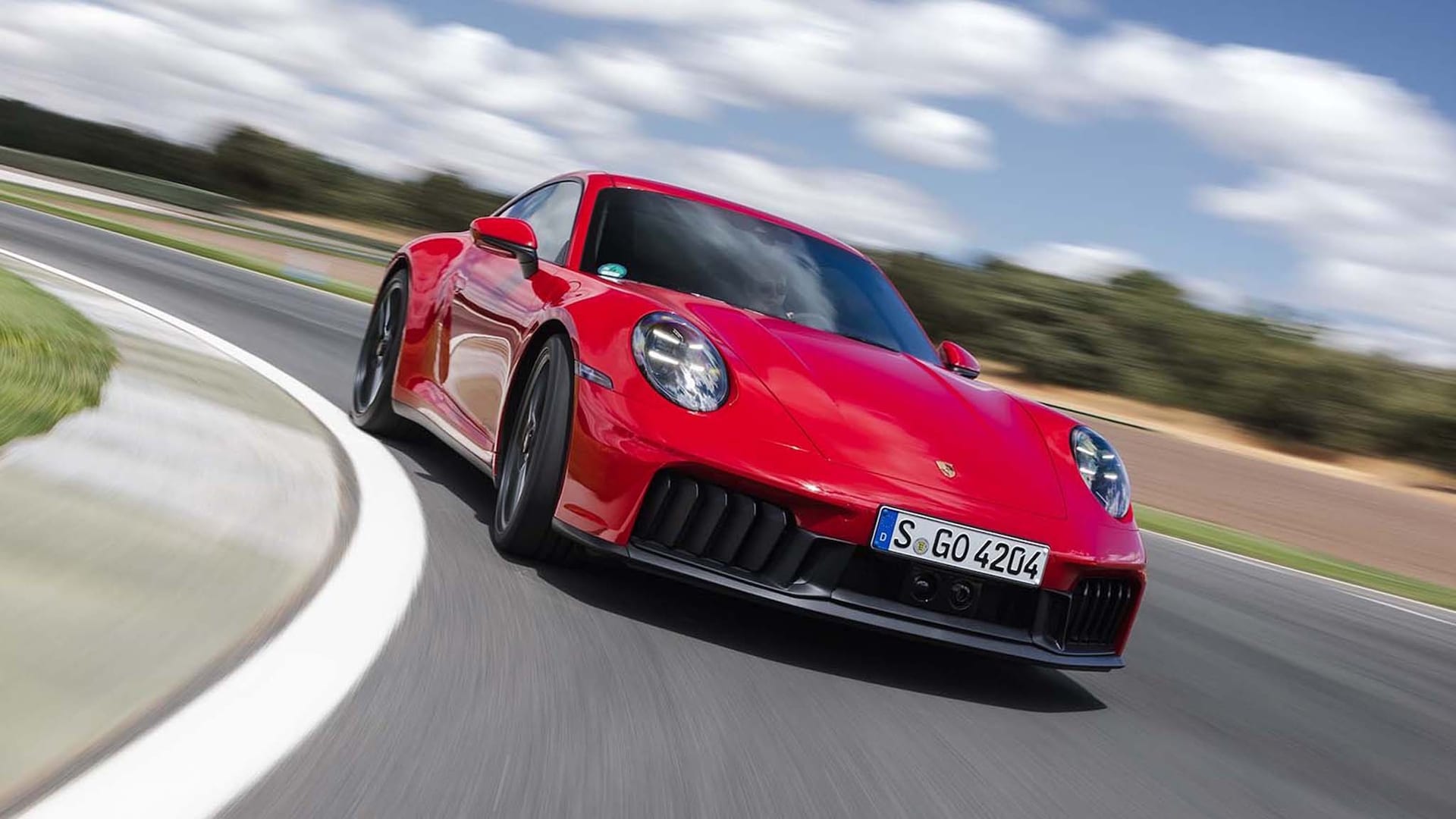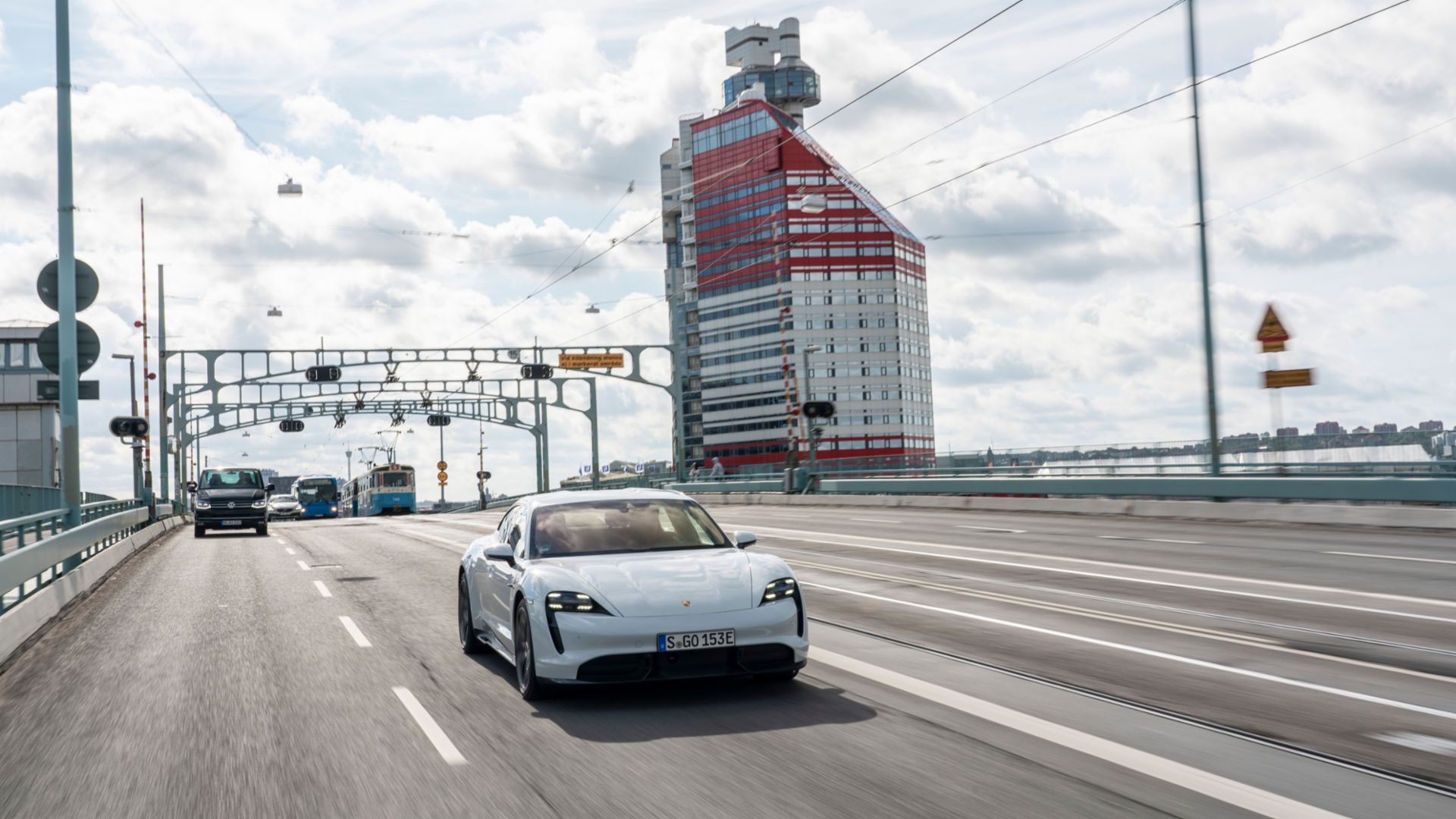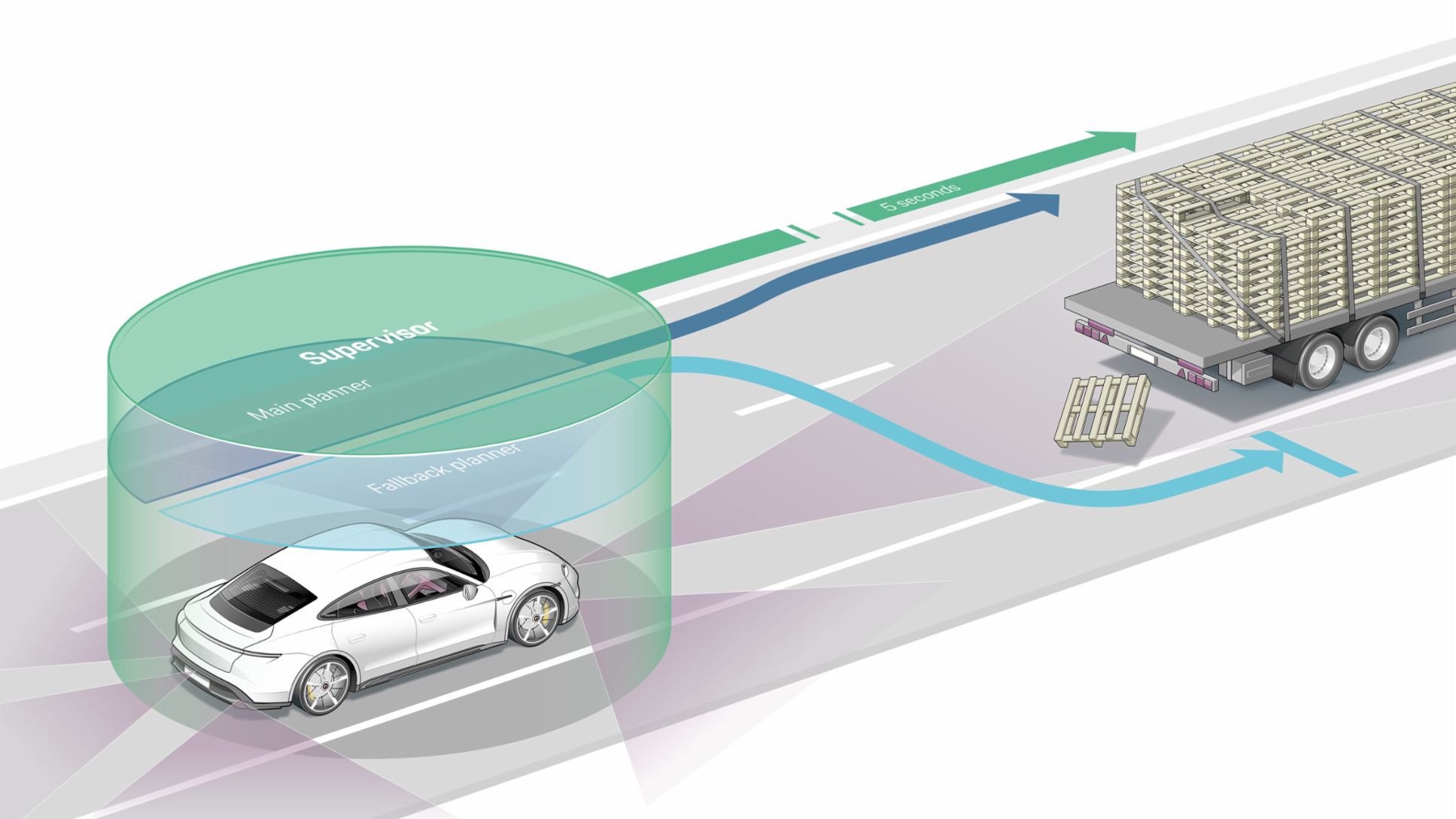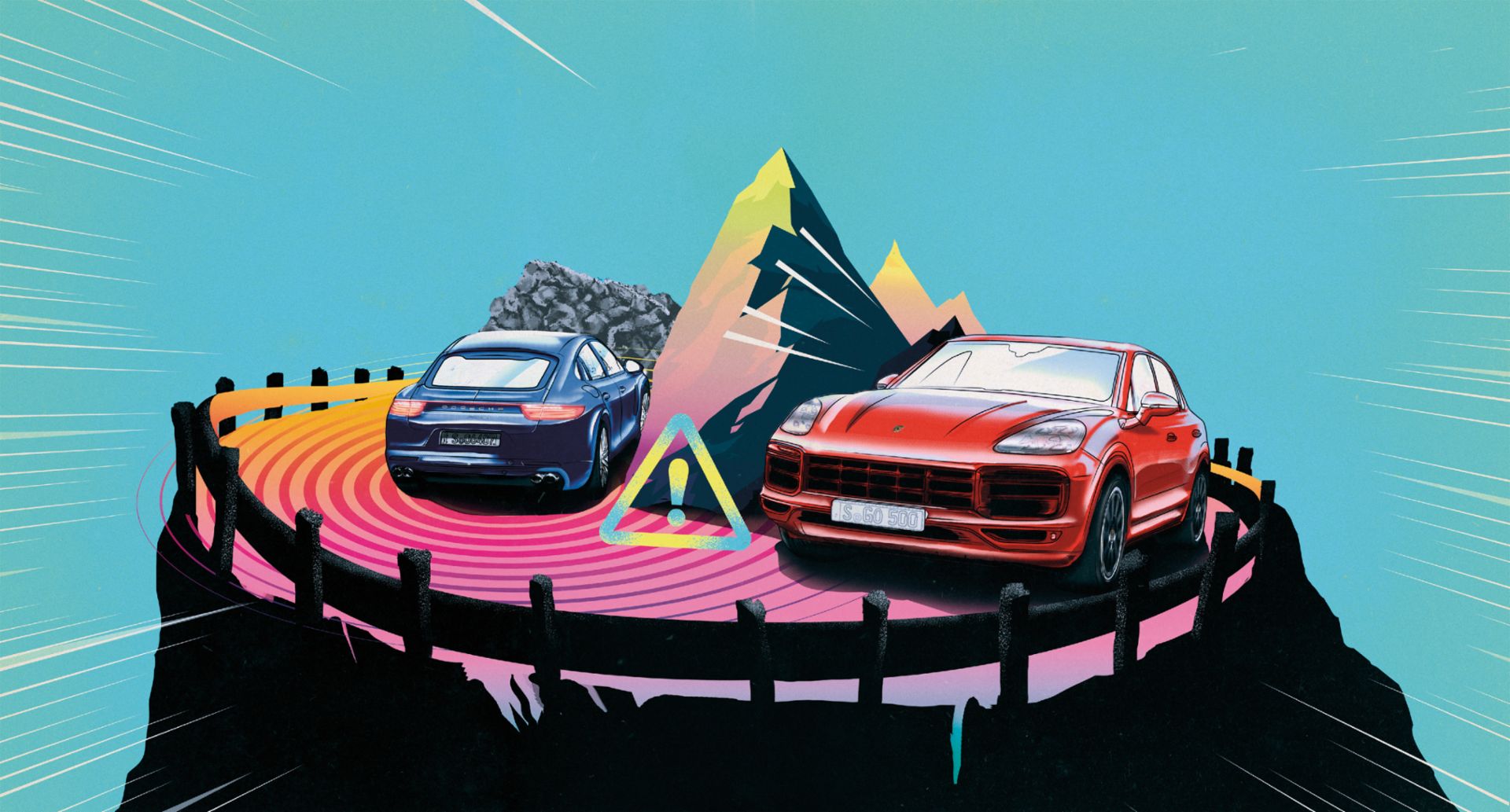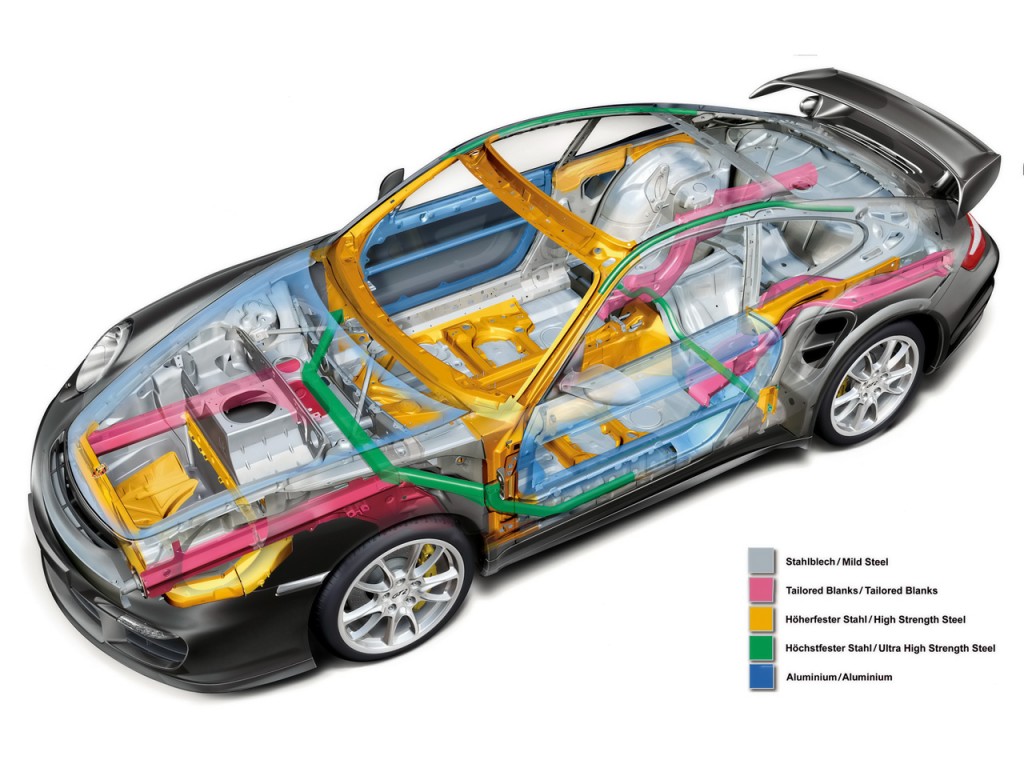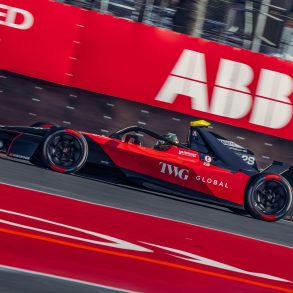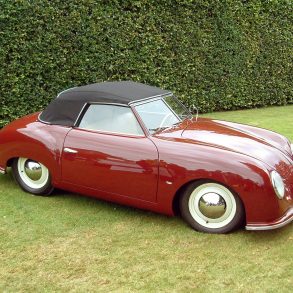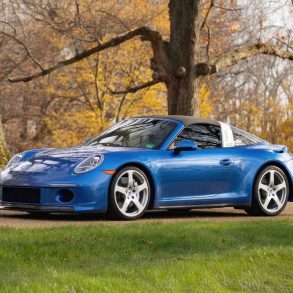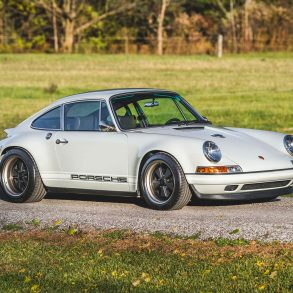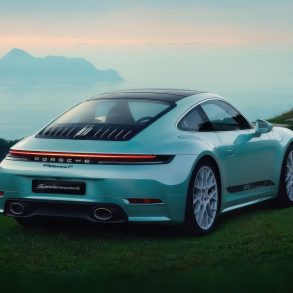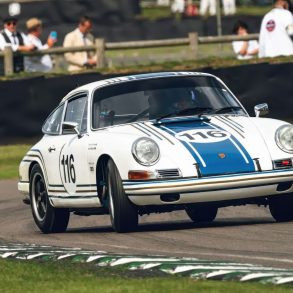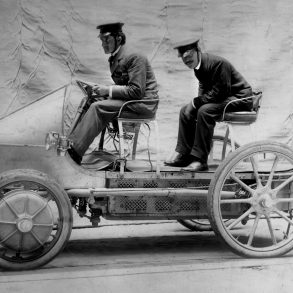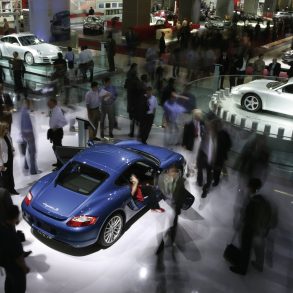When people think of Porsche, they usually picture curving roads, thunderous flat-six engines, and world-class performance. But beyond the speed and styling lies another story rooted in safety innovation, rigorous engineering, and a philosophy of protecting drivers without compromising the thrill of the drive. Porsche doesn’t just build fast cars. It builds safe ones, too.
A Reputation Built on Engineering Excellence
Porsche has always taken a function-first approach to vehicle design. That focus extends well beyond aerodynamics and performance tuning. It’s central to how each Porsche protects its occupants. The brand’s chassis engineering and body structures are designed to create a strong, rigid safety cell that absorbs impact forces while keeping the cabin intact.
Each model is built using a combination of high-strength steel, aluminum, and even carbon fiber in some cases. This results in lightweight cars that remain structurally sound under pressure. Features like crumple zones, reinforced door sills, and a low center of gravity all contribute to greater occupant protection and stability.
High-Tech Safety Features in Today’s Porsches
Porsche’s modern safety systems work quietly behind the scenes to help prevent accidents before they happen. Under the Porsche InnoDrive system, a suite of advanced driver-assist features ensures the car remains aware of its surroundings at all times.
Adaptive Cruise Control maintains a safe following distance. Lane Keep Assist and Lane Change Assist use sensors to warn drivers of potential lane drift or blind spot obstacles. Night Vision Assist uses infrared cameras to detect pedestrians and animals in low-light conditions. And ParkAssist with Surround View offers complete visibility during tight maneuvers, making everyday driving safer and more convenient.
These systems are designed to support the driver without taking over. The result is confidence behind the wheel without sacrificing the analog feel that Porsche enthusiasts love.
Crash Test Results and Safety Ratings
While low-volume supercars are sometimes exempt from public crash testing, Porsche’s broader lineup has undergone thorough evaluation. The Taycan received a five-star safety rating from Euro NCAP, with high scores for adult occupant protection. The Cayenne and Macan have performed well in IIHS and NHTSA tests, showing Porsche’s dedication to real-world safety standards.
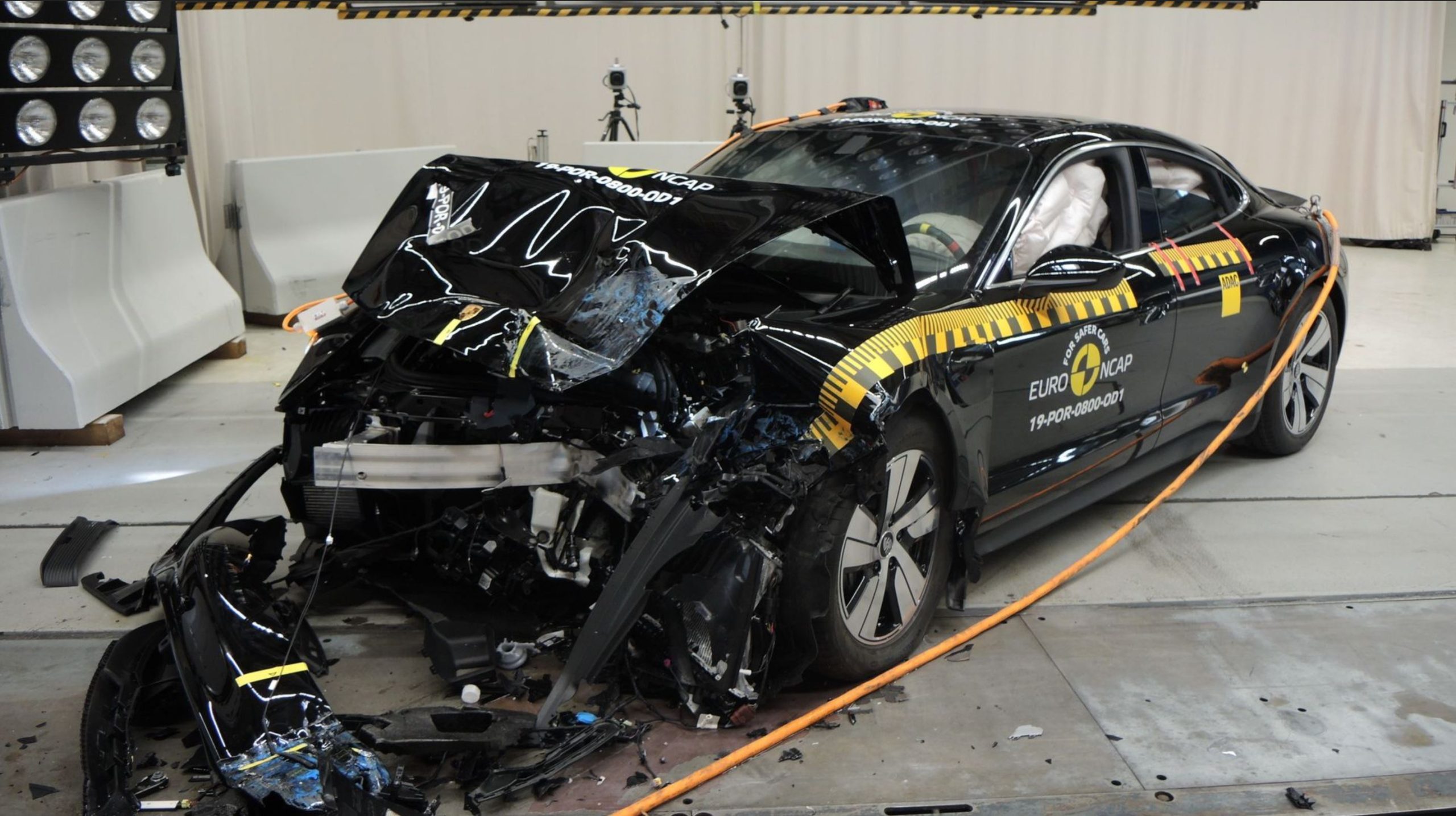
Even the 911, which might not be crash tested as frequently due to its sports car classification, is built with robust protection in mind. Multiple airbags, stability control systems, and reinforced crash structures come standard. Porsche does not treat safety as an optional feature.
Real-World Road Safety Matters Too
While Porsche’s engineering and motorsport credentials speak for themselves, it’s important to consider how these vehicles perform in everyday driving conditions. Real-world safety is about how cars interact with unpredictable traffic, urban congestion, distracted drivers, and poor weather.
According to recent data from Fresno County, local efforts to increase traffic safety have already led to a measurable reduction in fatal collisions. The number of deadly crashes dropped significantly after targeted enforcement and awareness campaigns were implemented. This highlights the importance of both vehicle safety and public safety efforts working together.
Porsche’s advanced driver-assistance systems are designed to help in precisely these scenarios, providing real-time support when conditions become less predictable. Whether it’s automatic emergency braking in stop-and-go traffic or blind spot monitoring on busy highways, these technologies add an extra layer of protection.
Proprietary Safety Tech: Porsche Vehicle Tracking System (PVTS)
Beyond physical design and driver-assist systems, Porsche also invests heavily in digital security to protect its vehicles. One standout example is the Porsche Vehicle Tracking System (PVTS), which is a sophisticated anti-theft feature that blends stealth with smart technology.
PVTS offers theft detection, real-time location tracking, and silent alarm capabilities, making it especially useful for owners of high-value or collector cars. When paired with Porsche Connect, it also allows remote access and monitoring via smartphone. The upgraded PVTS Plus adds another layer of security through a driver card system so that if the vehicle is moved without the card present, it automatically triggers a silent alert to Porsche’s Security Operation Center. This approach ensures theft attempts are quietly escalated to authorities without tipping off the thief.
While PVTS is standard on new 911 models and optional on others like the Panamera, Macan, and Cayenne, it cannot be retrofitted. If your car can’t be factory‑equipped with PVTS, consider a Monimoto GPS tracking device for vehicles, which delivers motion alerts and real‑time location tracking for added theft protection.
Porsche’s commitment to data security is equally robust. Activating PVTS involves securely storing only the necessary information: contact details, vehicle identifiers, and driver card data are used solely for theft protection. This proprietary integration of design, safety, and digital defense underscores Porsche’s broader vision: performance should be thrilling, but ownership should always feel secure.
A Smarter Starting Point: Entry-Level Porsches Worth Considering
Not every Porsche is a 911 Turbo S or GT4 RS. For drivers new to the brand or to high-performance sports cars in general, there are models that offer the Porsche experience without overwhelming power. These vehicles maintain the brand’s hallmark handling, build quality, and safety tech, while being more forgiving and confidence-inspiring for those still honing their skills.
The Porsche 718 Cayman and 718 Boxster are two amazing options. With mid-engine balance, responsive steering, and enough power to excite without intimidating, they’re ideal platforms for learning the fundamentals of performance driving. Available in both turbocharged four-cylinder and naturally aspirated six-cylinder trims, they also let buyers choose their own pace.
Another option is a well-maintained Porsche Macan, which blends SUV practicality with sports car reflexes. For daily driving in a performance-focused package, it’s one of the most approachable vehicles in the lineup.
Even within the 911 family, the Carrera base models from the 991 and 992 generations deliver exceptional performance while being more manageable than the track-focused variants. With refined dynamics, modern safety systems, and excellent road manners, they make excellent entry points for those stepping into their first truly capable sports car.
Ownership of a Porsche, no matter the model, demands a thoughtful and responsible approach. These are high-performance machines, and they deserve drivers who are prepared for the experience. That includes making smart decisions off the road as well. Many owners today choose to buy car insurance online so they can compare coverage options that match their driving style and vehicle profile without overpaying.
Electric Vehicle Safety and the Taycan
Electric vehicles present new safety challenges, and Porsche’s response with the Taycan sets a high benchmark. Its battery pack is encased in a rigid structure to protect against punctures and fire risk. Cooling systems keep temperatures regulated, and the vehicle is equipped with instant power shutdown protocols in case of an accident.
Because of the low-mounted battery, the Taycan also has exceptional balance and a lower rollover risk. The regenerative braking system enhances stability, especially in emergency stops or adverse conditions. Porsche has demonstrated that high-voltage performance and passenger safety can coexist in a well-rounded EV.
Legal Protection After a Crash
No matter how well a car is engineered, accidents can still happen due to factors outside your control. In those moments, it’s critical to understand your rights and options. If you’re involved in a collision, car accident lawyers usually provide free consultations to help guide you through the recovery process and ensure you receive fair support. Getting the right legal advice early can make a major difference in your outcome.
Looking Ahead: Porsche’s Future of Automated Safety
Porsche is not only focused on protecting drivers in today’s world, but also engineering for tomorrow’s roads. As automation becomes more integrated into everyday driving, Porsche is building a multilayered safety strategy to ensure these systems are as reliable as the mechanical engineering the brand is known for.
Central to this approach is redundancy. Rather than relying on a single automated decision-maker, Porsche uses three independent systems that work in parallel. A main planner handles everyday driving tasks with comfort and efficiency. A fallback planner continuously prepares an emergency response in case something goes wrong. Meanwhile, a supervisor evaluates both planners in real time and can override them if it identifies a risk, ensuring the safest possible path is chosen.
These systems don’t share the same hardware or even the same sensor data. The main and fallback planners use raw inputs like LiDAR and radar, while the supervisor processes object lists generated from those sensors. This separation reduces the chance of a single-point failure affecting all systems at once—a principle borrowed from aviation safety.
The same level of thinking applies to automated parking technology. In recent demonstrations, Porsche vehicles could drive themselves to a charging station and then to a designated parking space, all summoned from a smartphone. Some systems are vehicle-controlled, while others rely on infrastructure to guide the car via encrypted 5G or WiFi communication. In both cases, redundant braking and emergency stop protocols ensure safety even if connections fail.
What makes this vision even more robust is Porsche’s use of real-world data to continuously improve these systems. Test vehicles gather and transmit unusual traffic situations to a central server where neural networks are trained and updated. This continuous learning loop helps refine future updates and improve the vehicle’s ability to handle new and rare challenges.
In the same way Porsche once brought race-tested innovation to the road, it’s now using intelligent automation to redefine what safety looks like in the next era of driving.
A Legacy of Trust and Safety
Porsche’s reputation for performance is well earned, but its focus on safety is just as important. From structural engineering to smart driver-assist features and track-proven resilience, Porsche blends speed with security in a way few other automakers can match.
Drivers keep coming back to Porsche not just for the excitement, but for the confidence that comes with knowing their car is built to handle the unexpected. Whether you’re commuting, exploring backroads, or pushing your car at a track day, you can trust that safety is working quietly in the background, every step of the way.


